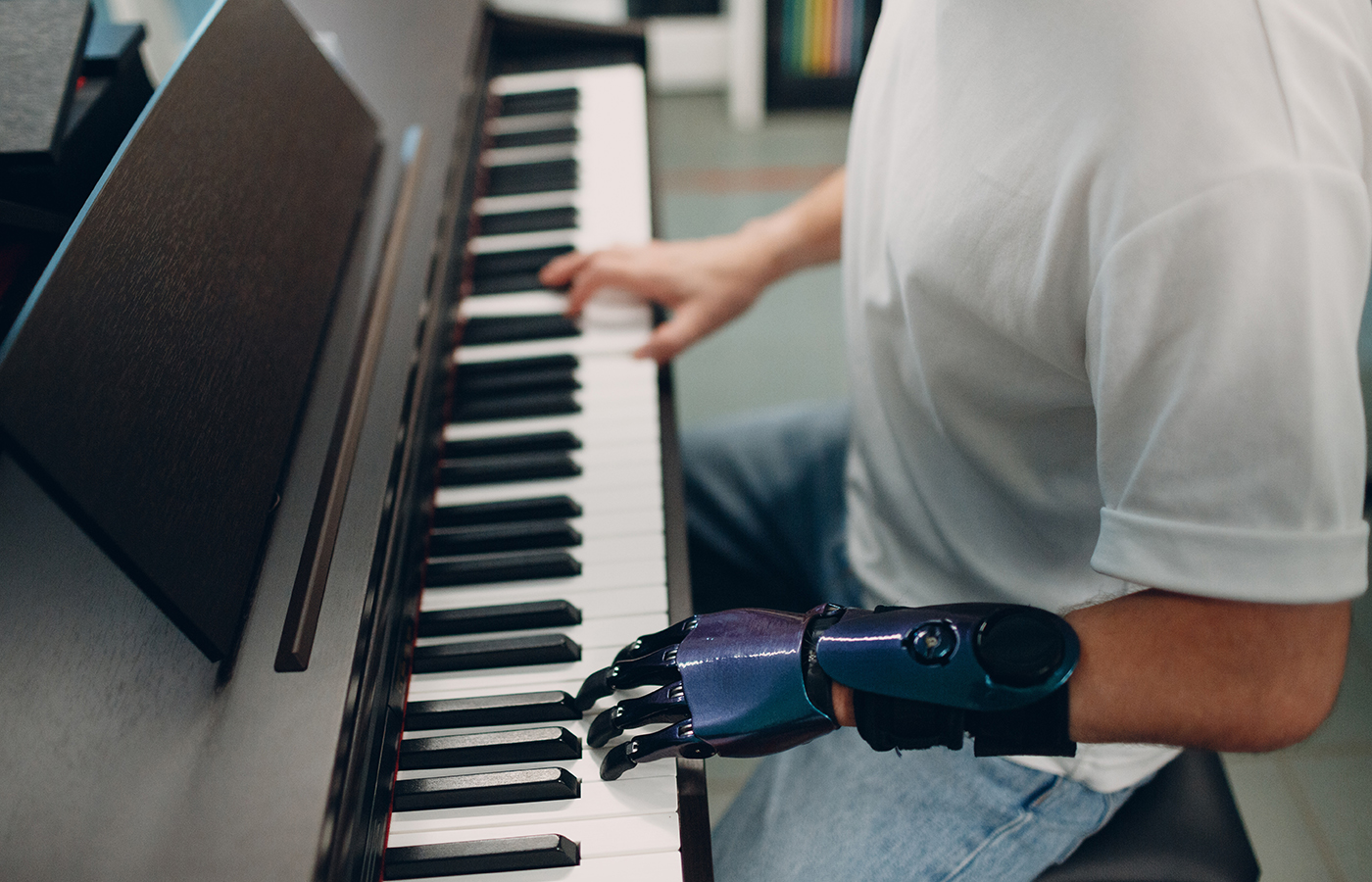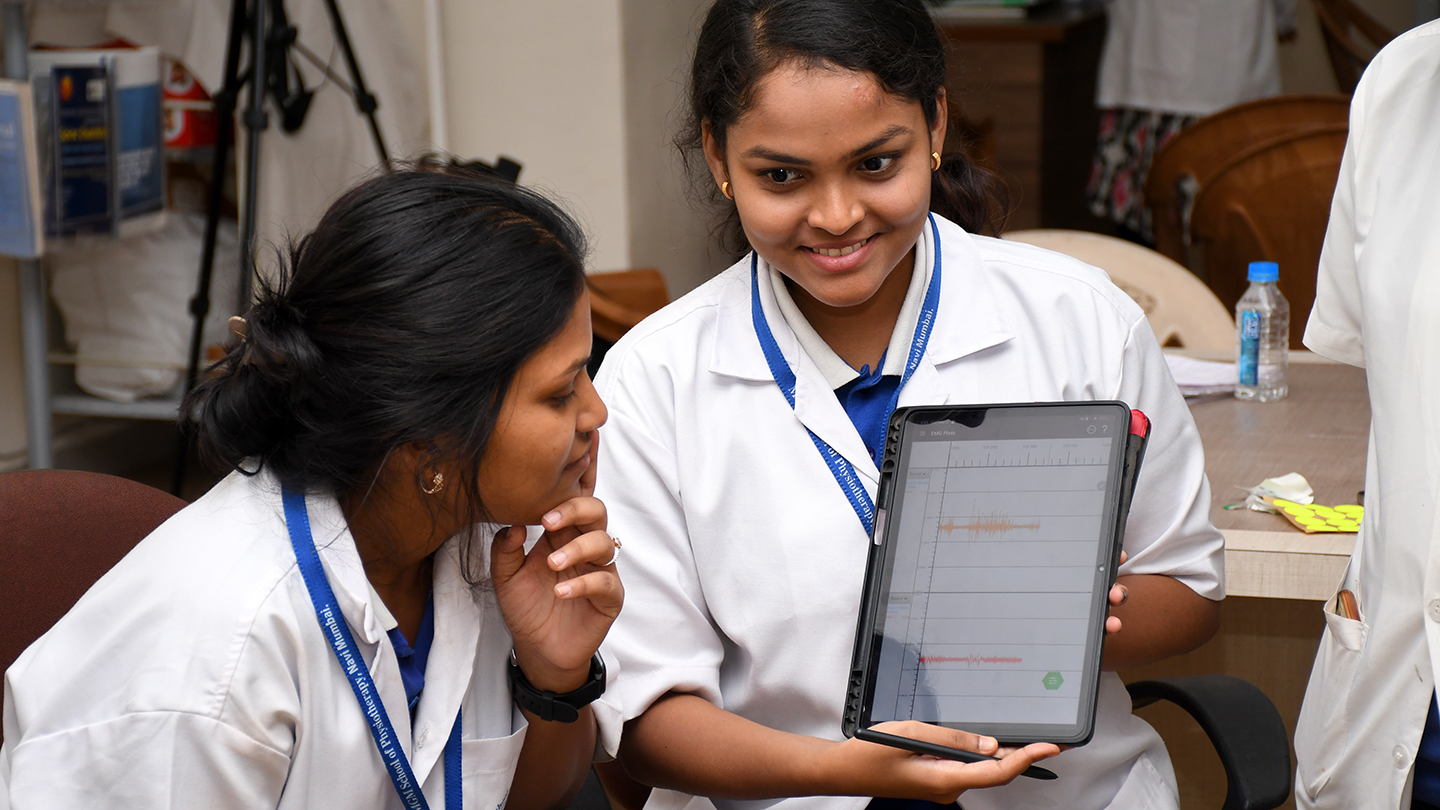Measurements of neural firings during natural movements enable scientists and clinicians to investigate and monitor the progression of neuromuscular diseases like CP, ALS, or Parkinson’s disease.
Current technologies for measuring neural firing behavior use invasive needles or large patches of surface electrodes that require individuals remain stationary to not disrupt the recording, thus preventing the study of functional movements that are more relevant to human health.
“The new dEMG wireless sensor gives researchers an empirical tool to study how the brain controls dynamic movements in health and disease – during functional activities, exercise, training or fine motor tasks performed in the clinic or in their natural environment.” according to Dr. Paola Contessa of Altec Inc.
The new Trigno Avanti dEMG wireless sensors and associated Pattern Recognition Software, developed by Altec, represent giant leaps in movement sensing technology that surpass the current state-of-the-art to address unmet healthcare needs.
“The sensors are small and lightweight, which means they can adhere directly to the surface of the skin over both small and large muscles of the body while subjects naturally move throughout their environment.” said Dr. Joshua Kline of Altec. “The technology is among the first ever designed for close-proximity recordings of muscle activity without penetrating the skin – increasing both the quantity and quality of neural information that we can obtain.”
“We can now get a full image of the neural control of muscles and human movement in a non-invasive and non-intrusive manner,” said Dr. P. Contessa, “providing researchers with new opportunities to investigate neural mechanisms to improve muscle strength, dexterity, coordination and balance.”
The new Trigno Avanti dEMG Wireless Sensor will be fully integrated in the recently-released Trigno Avanti wireless platform combining electromyographic and biomechanical measuring capabilities with precision neural recordings in single platform developed for both PC and tablet environments.
“As we further the R&D in this area, we believe that this technology will broaden the study of human movement to new applications and will change the way in which researchers and clinicians counteract deficits in muscle performance” Dr. Kline said.
R&D undertakings @ Altec: Through NIH-funded development efforts, the Altec team lead by Prof. Serge Roy continues to evolve dEMG technology for use in various research and clinical investigations.
Continuous evolution in hardware and recent advances in pattern recognition algorithms to track neural firing behavior during natural human movement is now accessible for use in various research and clinical investigations. And early work on the efficacy of dEMG technology during natural movement was first published in 2015.
For additional Information, please contact:
John Letizi
jletizi@delsyseurope.com





